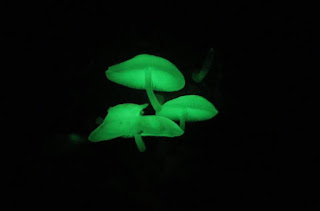When it comes to trash, Taiwan boasts an impressive recycling rate. What few visitors appreciate is the country also has a record of recycling monuments, in much the same way Hagia Sophia in Istanbul initially reflected Christian dominance but later became a mosque. After World War II, landmarks erected during Japan’s 1895-1945 colonial occupation of Taiwan were either demolished, or turned into memorials which promoted the KMT (Chinese Nationalist) version of history.
One of these repurposed monuments (pictured top) is in Hutoushan Park (虎頭山公園) in Miaoli County’s Tongxiao Township (苗栗縣通霄鎮). Hutoushan means ‘tiger’s head mountain’, and the toponym comes from the shape of this modest ridge, the highest part of which is just 93.4m above sea level. If tigers did once roam here - which is possible - it was long before humans began settling on Taiwan.
One of these repurposed monuments (pictured top) is in Hutoushan Park (虎頭山公園) in Miaoli County’s Tongxiao Township (苗栗縣通霄鎮). Hutoushan means ‘tiger’s head mountain’, and the toponym comes from the shape of this modest ridge, the highest part of which is just 93.4m above sea level. If tigers did once roam here - which is possible - it was long before humans began settling on Taiwan.
Some people visit Hutoushan Park for the views that can be enjoyed up and down the coast (spoiled somewhat by a power station) and far inland (lower photo). Others want to see the well-preserved but locked-up Shinto shrine (for a short write-up, go here). Not everyone bothers to go to the very top, where a concrete gun-barrel points skyward. The seven Chinese characters on it mean ‘Taiwan Retrocession Tablet.’
This memorial was built just after the 1904-5 Russo-Japanese War. Famously, the Japanese defeated Russia’s Pacific Fleet early in the war, then nervously awaited the arrival of the enemy’s Baltic Fleet. Japanese observers on duty here spotted Russian vessels moving through the Taiwan Strait and alerted the Imperial Japanese Navy. Able to position themselves ideally, the Japanese decimated the Russian flotilla at the Battle of Tsushima on 27-8 May 1905.
Getting to Hutoushan Park is straightforward. If you're not driving, take a TRA train to Tongxiao on the Coastal Railroad (trains stopping in Miaoli and Taichung don't travel on this line, but instead on the Mountain Railroad). Turn left as soon as you leave the station, then walk uphill past the junior high school. It takes less than 15 minutes to get to the memorial from the station.
If you're visiting Penghu County, you can find a memorial of similar dimensions in the eastern part of the main island. It was erected by the Japanese to mark the spot where their soldiers first landed in 1895, but now celebrates Taiwan's return to Chinese control fifty years later.
































